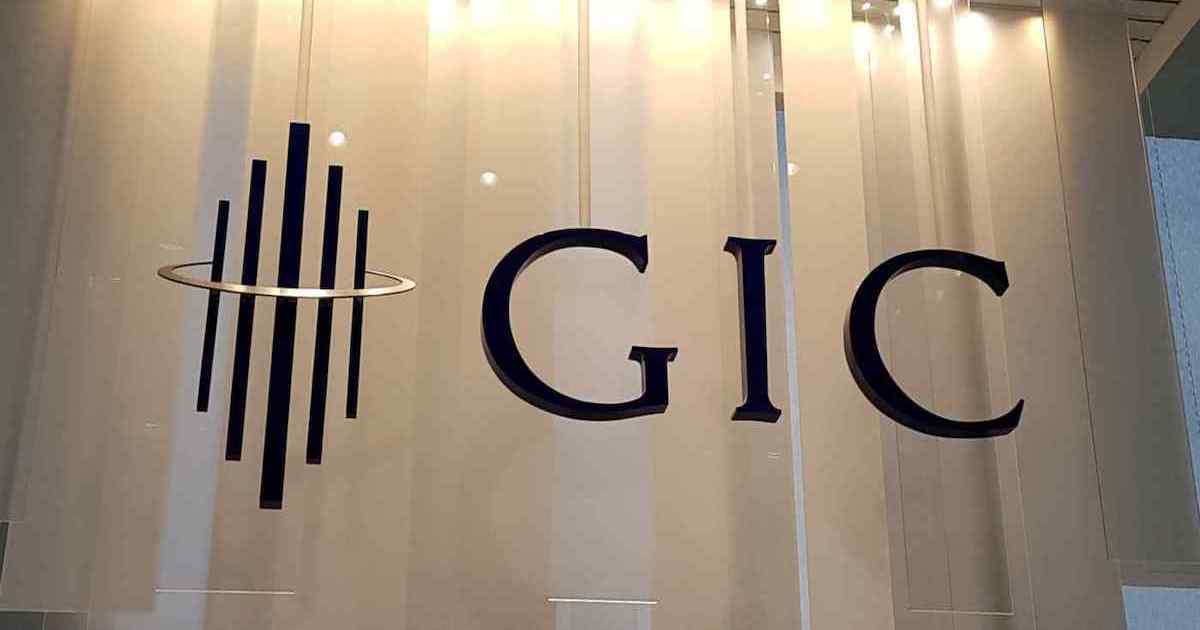GIC has just published its 2020/21 report and it’s as ever, very conservative in how the data is presented. This is typical of the corporation, which focuses on highlighting the lowest, real (i.e. inflation adjusted) figures.
As you can see in this chart, it appears to be quite unimpressive:

It seems to be part of the overall policy to not brag about the success in investing money held as reserves, so as not to attract unwanted attention from both abroad and within the country (where many might start asking why the investments cannot be more generously spent among the people).
GIC reported that its rolling annualised 20-year real rate of return has reached 4.3 per cent, up from 2.7 per cent reported last year at the height of the pandemic-induced stock market collapse.
It may not look remarkable at all, but there’s a bit we have to unpack before we can compare the figures with anything else.
Investments are typically evaluated by their nominal rate of return but, as I said, GIC takes a conservative approach in correcting its numbers for inflation. Once we roll back this adjustment, we can see what’s really going on.
What a difference a year makes
Nominal, annualised rates of return are 8.8 per cent for the rolling five-year period, 6.2 per cent for 10-year and 6.8 per cent for the last 20 years.

It means that within the past five years, the cumulative return on investment is 52.4 per cent, 82.5 per cent for the last decade and 272.7 per cent over the 20-year period. By that last figure, GIC has actually outperformed the American stock market, which has grown by around 220 per cent between 2001 and 2021.
It’s worth noting that these figures weren’t quite so high last year, when the stock markets sank just before the end of GIC’s financial year on 31st March, bringing them down to 21 per cent, 66 per cent and 145.8 per cent respectively.
Indirectly, it shows us another reason why GIC insists on reporting annualised, inflation-adjusted figures over long periods of time rather than year-on-year. A single year can make an enormous impact even on cumulative long-term figures, particularly if the annual report happens to come in at a time of a bear or bull market.
This year, the 20-year average saw inclusion of a strong rebound in equities during 2020/21 and a drop-off of the 2000/01 crash following the dotcom bubble.
Whenever these figures swing up, it would make for great news, but the converse is true as well.
Sharp drops due to unpredictable crises would fuel criticism, particularly as most people don’t understand exactly what they mean. So it’s understandable why GIC chooses to emphasise more conservative metrics.
As it is today, however, GIC has grown its portfolio by half in the past five, nearly doubled over ten, and almost tripled it over twenty years.
Some people may start pointing out that stock markets have performed better — at least in the past five to 10- year period — but in reality, GIC keeps its money safer.
Only up to 65 per cent of its portfolio could be invested in equities or other risky assets (in reality it is currently much less). The risk profile of these investments is more conservative than of a volatile stock market which can see huge swings on a year-on-year basis.
This is particularly important as GIC is indirectly managing money from the Central Provident Fund (CPF), after the fund exchanged them for special government-backed securities, proceeds from which land in GIC for profitable investment.
45 per cent of the funds are held in bonds and cash, eight per cent in solid real estate — i.e. more than half is stored safely away from volatile equities, while the entire portfolio is still producing a commendable ROI.


Despite all of these constraints, GIC is almost as strong a performer as Temasek Holdings and, let’s not forget that over a longer timeframe of 20 years, it has actually outperformed the stock markets.
This is not a bad feat for a government corporation (which cannot take as much risk as stock traders) over a period spanning from the dotcom bubble and 9/11, through the financial meltdown of 2008/09 to the COVID-19 pandemic today.
Although you may be reading about fairly small figures reported in today’s news, they actually add up to a lot more than meets the eye at the first glance.
Featured Image Credit: Reuters








